Researchers develop new stable artificial photosynthesis device to produce ethylene and hydrogen from sunlight and CO2
Green Car Congress
DECEMBER 25, 2021
A research team has developed a new artificial photosynthesis device component with remarkable stability and longevity as it selectively converts sunlight and carbon dioxide into two promising sources of renewable fuels: ethylene and hydrogen. The device produced ethylene and hydrogen with unprecedented selectivity and for more than 24 hours.








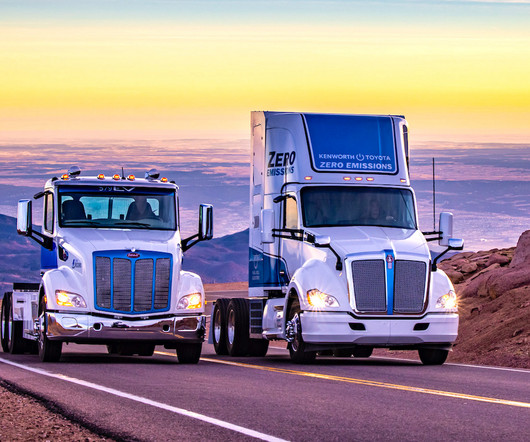










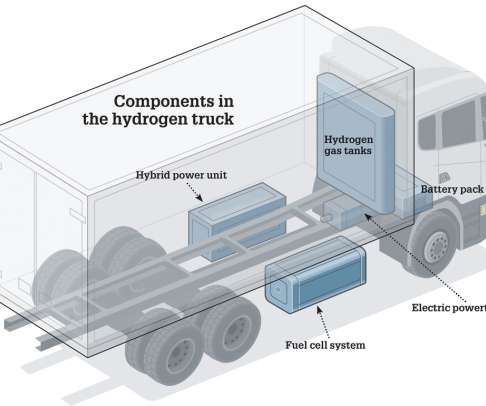






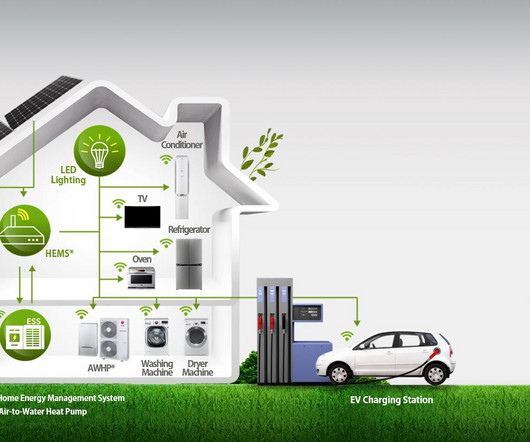
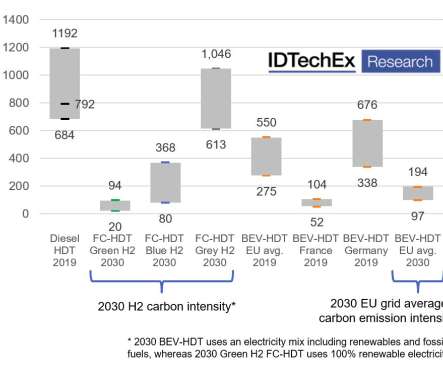
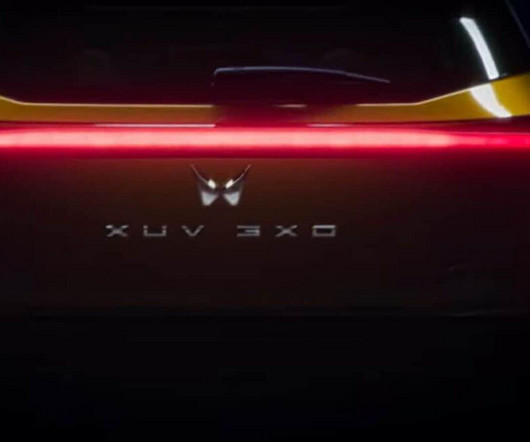













Let's personalize your content